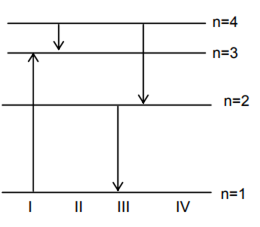A proton and an electron travelling along parallel paths enter a region of uniform magnetic field, acting perpendicular to their paths. Which of them will move in a circular path with higher frequency ?
Mass of electron is low as compared to proton. Hence when both enter into the uniform magnetic region, the electron will move in a circular path with higher frequency on the opposite direction to the current.










